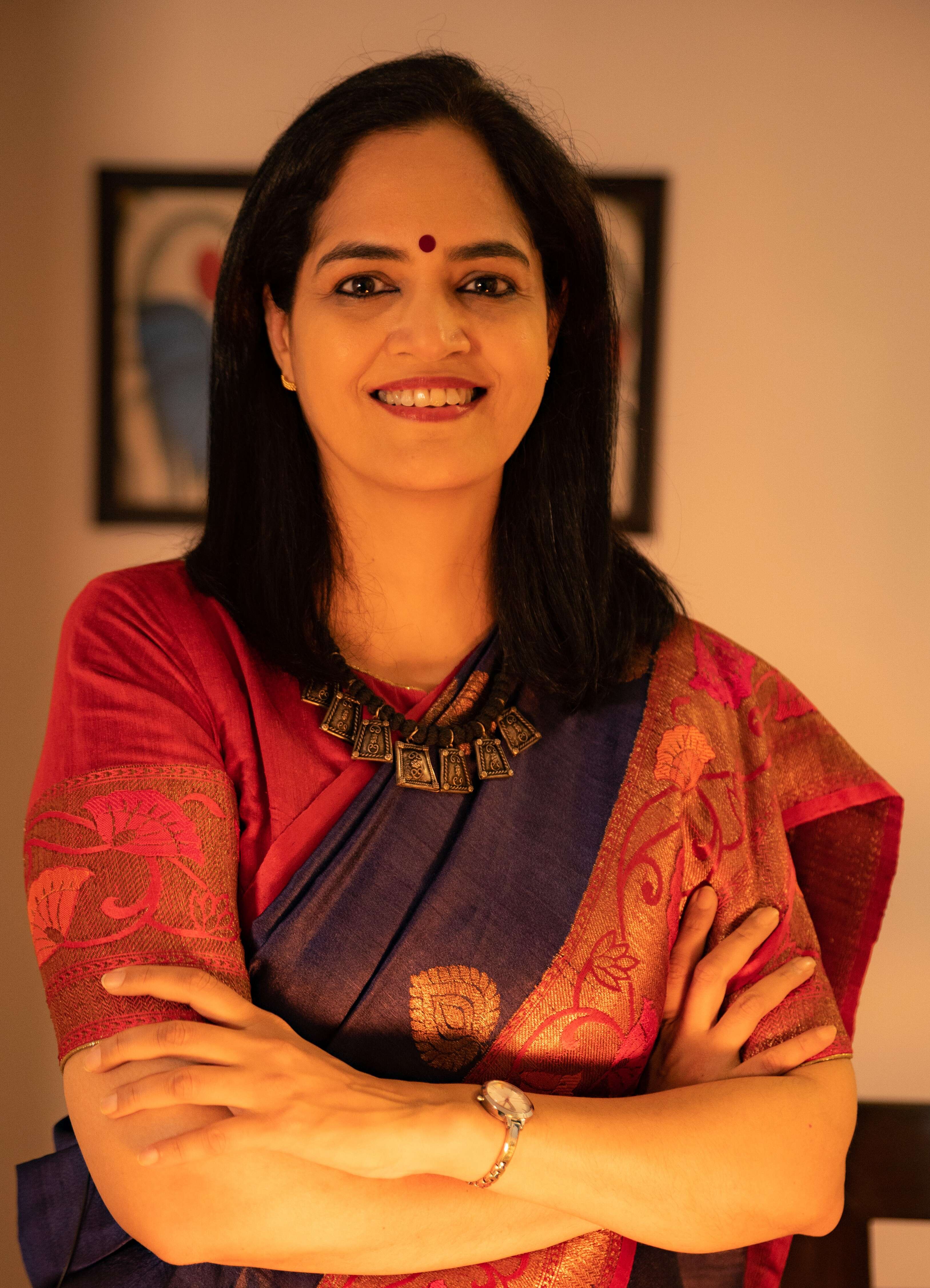 Can you brief us about the mobile-based maternal messaging program your NGO started with the union government? What is the intention behind the mobile-based training program, and how does it help women, children, and frontline health workers across 17 states, particularly in pandemic times?
Can you brief us about the mobile-based maternal messaging program your NGO started with the union government? What is the intention behind the mobile-based training program, and how does it help women, children, and frontline health workers across 17 states, particularly in pandemic times?ARMMAN, in partnership with the Ministry of Health and Family Welfare (MoHFW), is implementing Kilkari and Mobile Academy. Kilkari addresses the gap and lack of access to critical preventive care information during pregnancy and infancy. It is a mobile health education service that provides pregnant women, new mothers, and their families with timely, accessible, accurate and relevant information about reproductive, maternal, neonatal and child health. It aims to improve families’ knowledge and uptake of life-saving preventative health practices. The program uses IVR technology to deliver time-sensitive audio information directly to families’ mobile phones. The calls cover the critical time period – where the most deaths occur – from the second trimester of pregnancy until the child is one year old (72 weeks). Subscribers receive one pre-recorded call per week, linked to the woman’s stage of pregnancy or the child’s age. Calls are currently available in five languages (Hindi, Bihari, Oriya, Assamese, Bengali). The program has reached over 21.6 million women across 15 states.
Similarly, another program Mobile Academy addresses the gap in refresher training of frontline health workers; focuses on reproductive, maternal, neonatal and child health training courses designed to refresh ASHA workers’ knowledge of life-saving preventative health behaviours, and improve the quality of their engagement with pregnant women, mothers and their families. This program also uses IVR technology that is handset independent, audio-based and accessed via a simple voice call. The course covers 33 months; from pregnancy until the child is two years of age. The course is divided into chapters, lessons, and quizzes, and ASHAs receive an accumulative pass/fail score at the end. It is currently available in four languages (Hindi, Oriya, Assamese, and Bengali). So far 166,000 ASHAs across 15 states are reached via this program. We are implementing these programs from January 2019.
How ‘tech plus touch’ model is helping the existing frontline health worker network of the government and mother and children in rural India?
Our programs are designed for scale without dilution of impact through our innovative ‘tech plus touch’ model i.e. we combine our tech-enabled regular interface with the beneficiary or the health worker with a human interface provided by the call centre or the field staff. This enables limited human resource requirements in spite of multiple touchpoints, leading to nonlinear growth at an extremely low cost. It costs 35 cents (INR 25) to send calls to a woman covering pregnancy and infancy through Kilkari in rural India. Similarly, it costs Rs 50 to train an ASHA worker in rural India through Mobile Academy.

There is a lot of potential in using AI to improve maternal and child health outcomes. ARMMAN is currently piloting a predictive model using AI to improve the engagement of women in our mMitra voice call program. Once the pilot is tested successfully, it has a tremendous potential to scale. Whenever we look at AI or ML, or any technology, it’s critical to keep the user at the center. The design approach must serve a real need of the end-user where technology is an enabler.
How do you put into use the data collected from the rural areas?
ARMMAN has developed robust performance indicators to measure coverage, technical success (Technical Efficiency Index), listenership (Program Efficiency Index) and engagement (Beneficiary Attentiveness Index). Data around these is monitored monthly for a continuous improvement cycle. We also use data to monitor the training quality, knowledge and effectiveness of health workers. The long-term plan is to triage information through backend data integration of multiple programs for targeted interventions.
The central government has said that COVID-19 vaccination is recommended for lactating mothers. How do you see this step?
This is a much-needed move. I feel that this should be expanded to include pregnant women, as they are a vulnerable group that have the worst sequelae after contracting COVID-19, including pre-term labour and hypertension during pregnancy. While it is true that there is limited data available on the safety of COVID-19 vaccines during pregnancy, the benefits offered potentially outweigh the risks.
Mobile health or ITeS (Information Technology-enabled Services) was picked up after the pandemic, if we need to keep up the momentum what needs to be done? What is the scope in the space for healthcare and the challenges you see?
COVID-19 has demonstrated the potential of technology-enabled interventions. As overburdened health systems struggle to cope, tech-enabled interventions offer cost-effective, scalable and viable options. When COVID struck, ARMMAN was perfectly pre-positioned to use our knowledge and expertise and within four days, we’re able to adapt our existing technology platform to launch four interventions targeting specific gaps in the system. We reached 300,000 women with critical COVID-19 related information; linked 70,000 women and children with critical services and health facilities; enabled 14,000 pregnant women and children to access free consultations with obstetricians and pediatricians’ through its Virtual OPD (clinic); and sent information to 800,000 health workers. It is expected that the severity of the second wave will impact the vulnerable groups for quite some time. Thus, it is critical to design interventions keeping in mind the short-to long-term impact. We are planning additional interventions for an integrated pan-India approach on COVID-19 that includes training and support of health workers (ASHAs and ANMs) and pregnant women and mothers of children up to the age of one.




